4 Incredible Places to Visit in Lake Toba, Sumatra
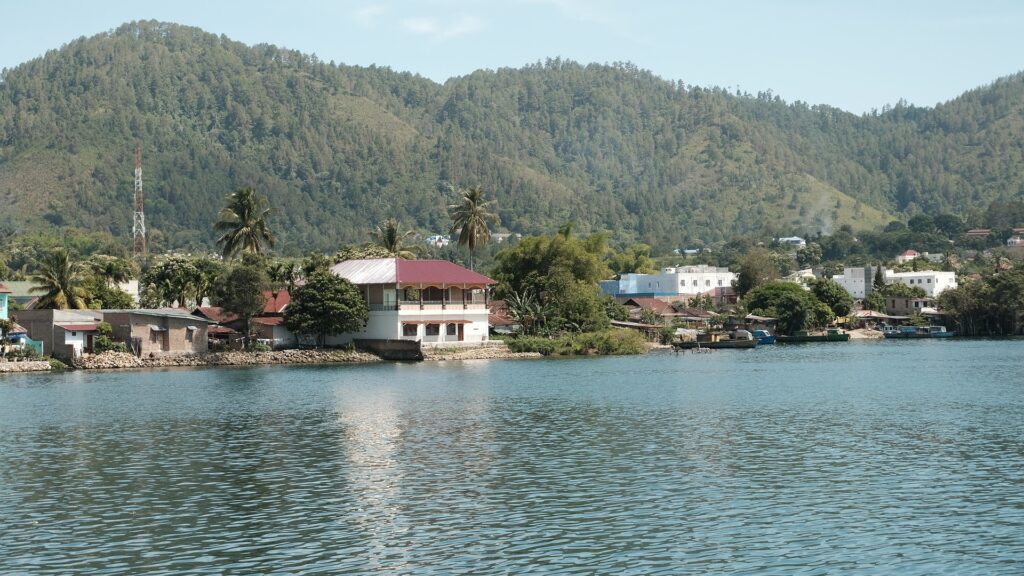
Lake Toba, or Danau Toba in Bahasa, is a huge, natural lake occupying the caldera of a supervolcano and an important site for the Batak Indigenous people. At an estimated 100 km long, 30 km wide, and up to 505m deep, the lake straddles the four districts of Karo, Dairi, Simalungun, and North Tapanuli. It’s known not only for its beauty, but also for being a silent witness to the colonization that changed the lives of the Batak people.
As the most iconic tourist destination in North Sumatra, Lake Toba saw an average of 200,000 international visitors and 14,000,000 national visitors per year before the COVID-19 pandemic. Suffice it to say, this sort of mass tourism into heritage land is far from sustainable.
Post-pandemic, we’re going to need to change some of our ways—and that includes leaving “fast travel” behind. Lake Toba is such a large area that there are many untouched places to discover. Here are four that you might not have heard of (but should definitely visit!).
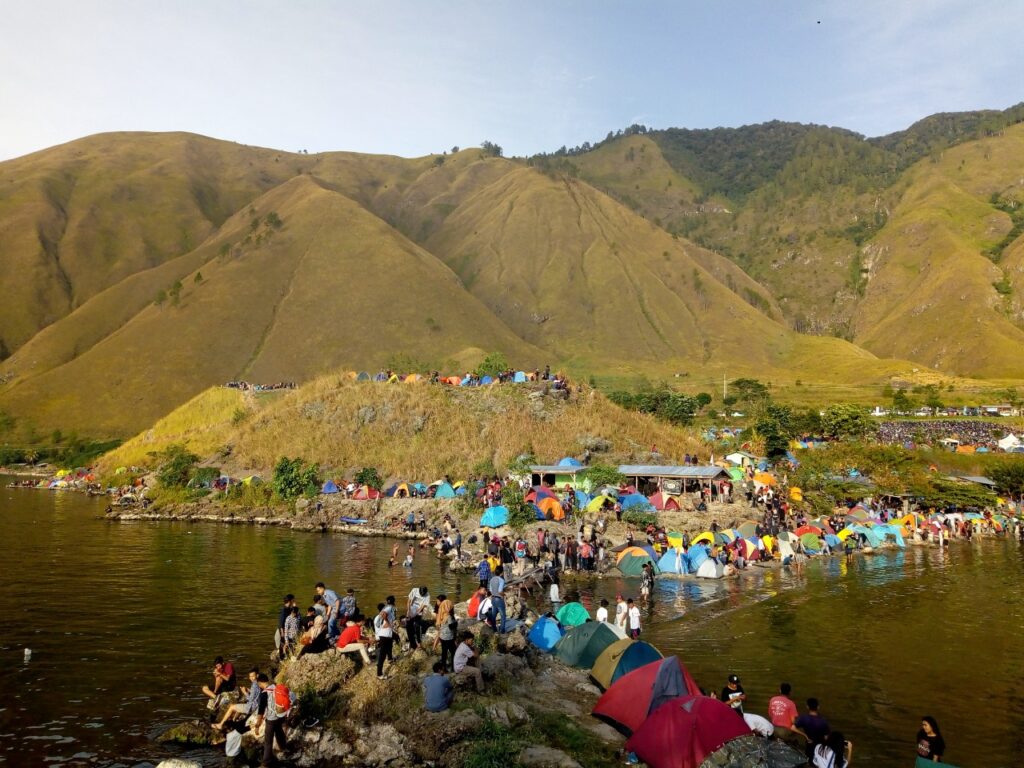
Pusuk Buhit, Samosir district
Pusuk Buhit sits nearly 2,000 meters above sea level and is one of the most sacred heritage sites for Batak indigenous. Pusuk Buhit itself is a Batak word that means ‘hilltop.’ It’s believed that this sulfur-walled hill was where the first Batak people were sent down from the sky to the earth.
Some Batak still visit this important area to pray to their ancestors for fortune and protection. And with the highest hill in Lake Toba, the view here is not to be missed. If you’re feeling adventurous, it’s a beautiful spot for paragliding.
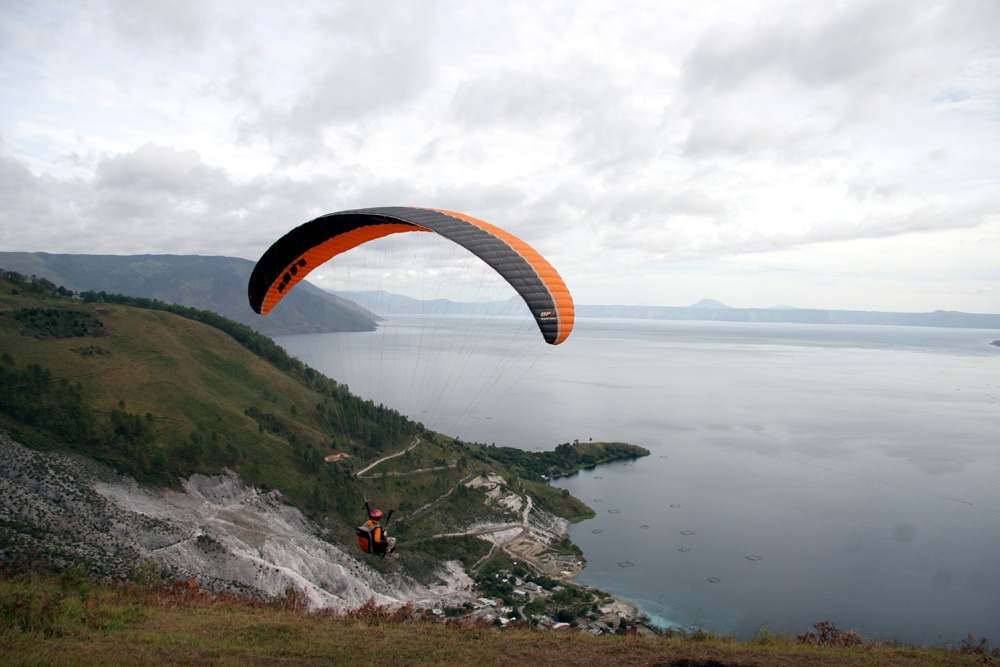
Meat Village, Toba Samosir district
Lake Toba has such an amazing and picturesque landscape. Around each corner, Lake Toba will present you with breathtaking views—and one of them is Meat Village.
In this area you’ll learn about the daily life of Batak people, namely farming and fishing. The village is located about an hour and a half from Parapat, Lake Toba’s central area. There are many cozy camping spots around here.
Picture it: A quiet moment while enjoying the beautiful view, a cup of coffee in your hands, and new local friends nearby!
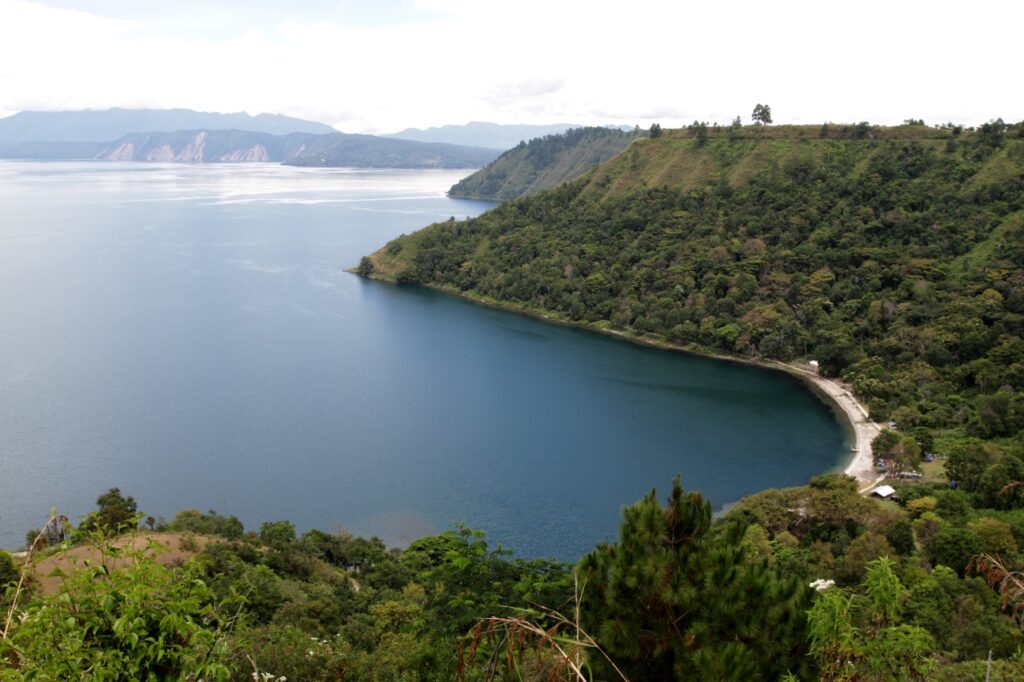
Sigumbang Village, Dairi district
Sigumbang Village is rarely a destination for visitors, but it boasts a view of Lake Toba that is nothing short of breathtaking. If you had any doubt about the size of the lake, Sigumbang Village will quell those doubts—it’s all lake as far as the eye can see.
This area is one of the centers of the Batak Christian community. It’s home to one of the first churches built on Batak Land by German missionary Ludwig Ingwer Nomensen at the beginning of the 19th century. Most who live here make their livelihood from farming, everything from vegetables to coffee.
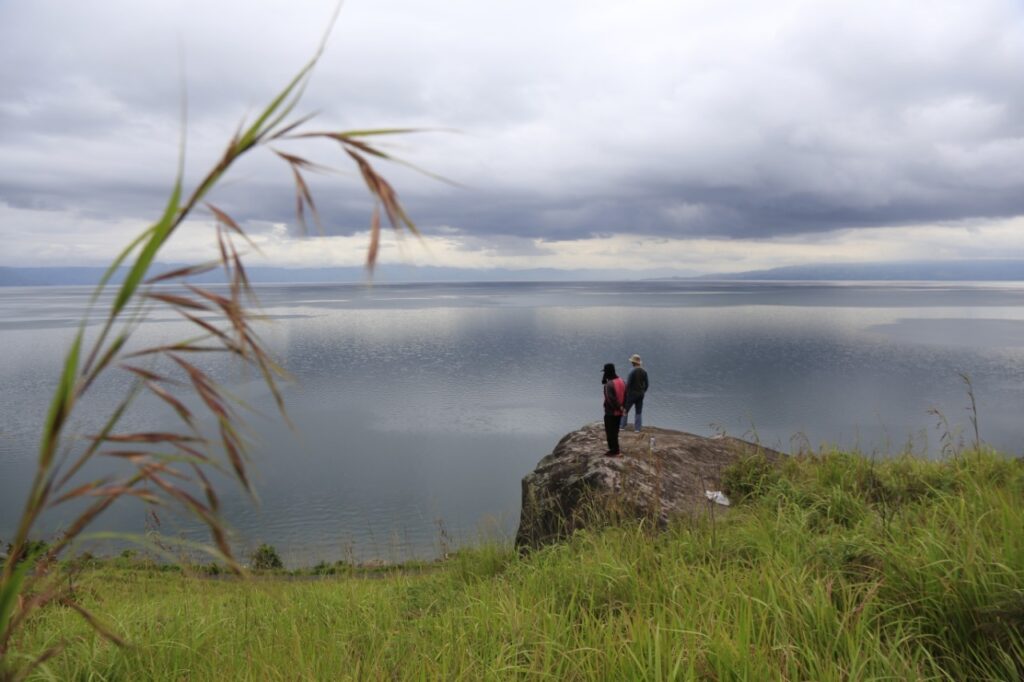
Panyabungan Village, Samosir district
Visit Panyabungan Village and you’ll get a sense of the humble lives of the Batak community, including rice farming.
Since Batak ancestors lived in a clan system, farming was an important aspect of daily life. Each clan had its own area of land that would be passed down through generations for rice farming. They emphasized sustainable living and wanted to produce their own food to ensure enough throughout the year.
Colonialism introduced monoculture farming practices, converting countless rice farms into plantations for coffee, rubber, and oil palm production—but many Batak people still farm rice.
Under the beautiful hills surrounding Lake Toba, the views are stunning and the hospitality of the Batak community in this area is wonderful. The opportunity to spend time camping here is one that you shouldn’t miss.
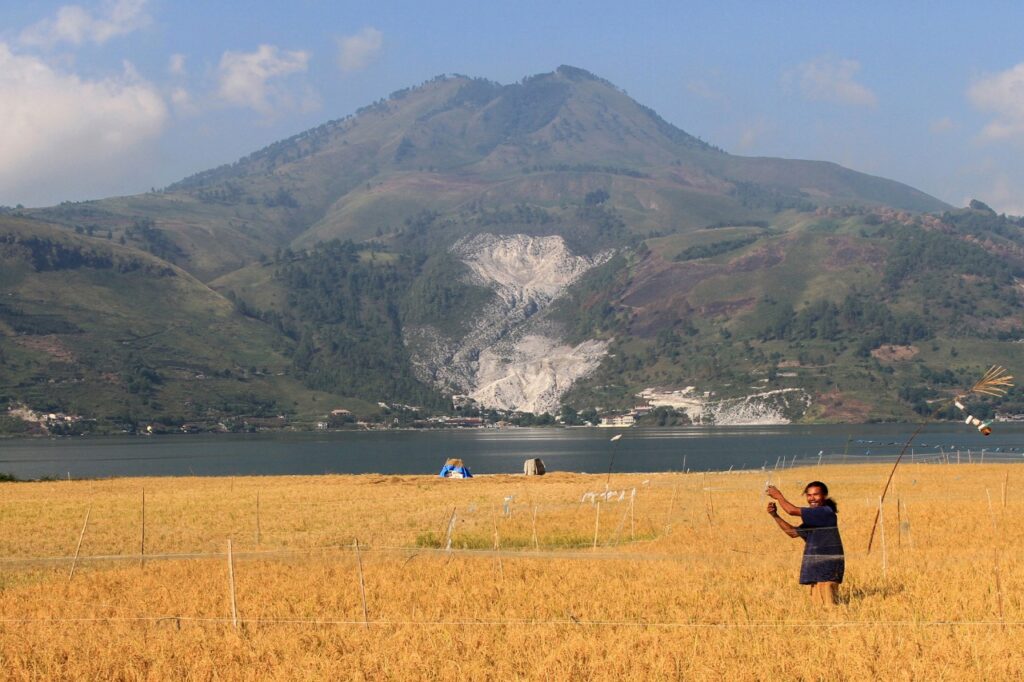
This isn’t to say that you shouldn’t visit iconic places like Parapat and Tomok, but as main tourism hubs, they’ve brought many changes to both the place and the culture. If you’re looking for the more untouched, off-the-beaten-path side of Lake Toba, skip the touristy cultural performances and see the ‘other side’ of the lake.
Travel slowly, take your time, and learn about the local Indigenous community. I promise you won’t regret it.
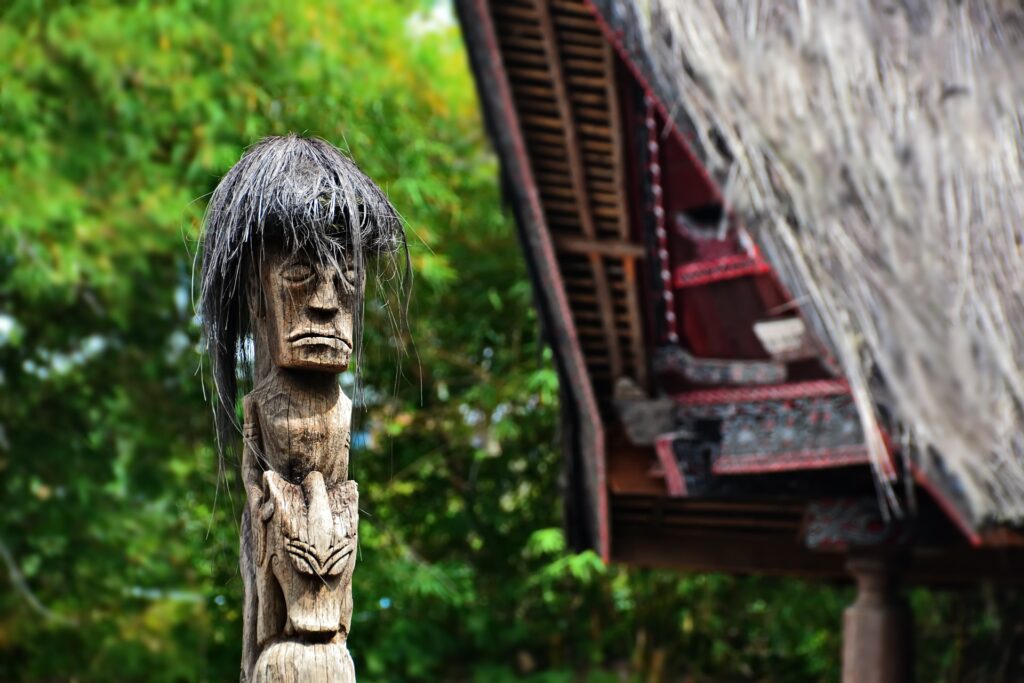
Book Your Stay Now near Lake Toba in Sumatra
Use the interactive map below to search, compare and book hotels & rentals at the best prices that are sourced from a variety of platforms including Booking.com, Hotels.com, Expedia, Vrbo, and more. You can move the map to search for accommodations in other areas and also use the filter to find restaurants, purchase tickets for tours and attractions, and locate interesting points of interest!
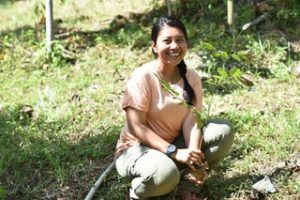
Nayla Azmi is an Indigenous Batak storyteller and conservationist based in Medan, North Sumatra, Indonesia. She has worked in the field for more than a decade and is passionate about conservation, decolonization, and the empowerment of women. Nayla lives with seven cats that she rescued from the street. Connect with her at [email protected].